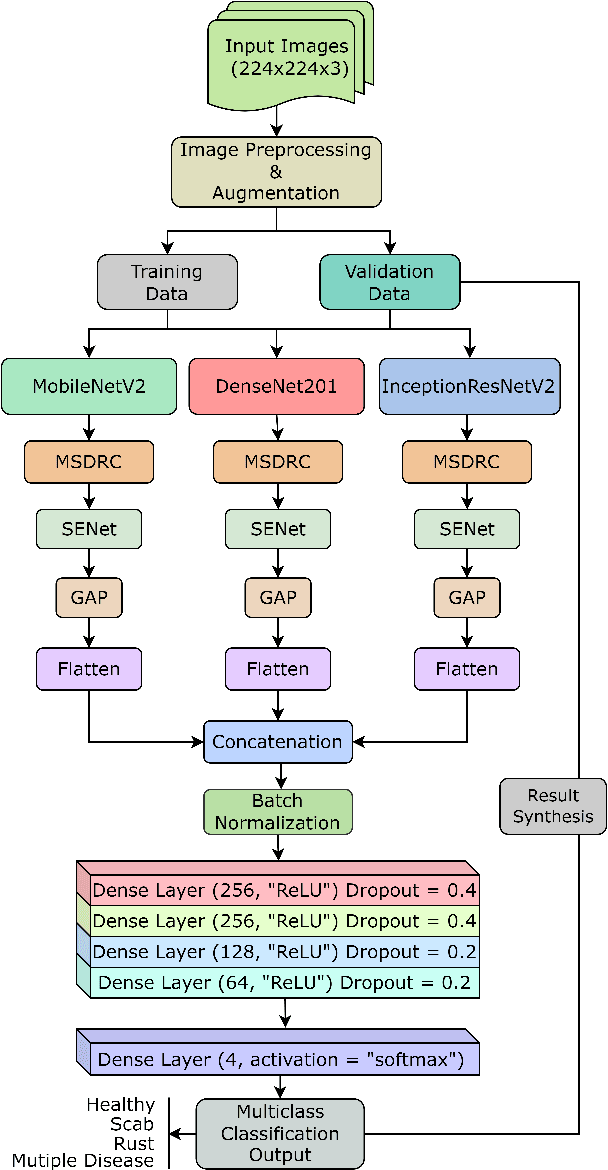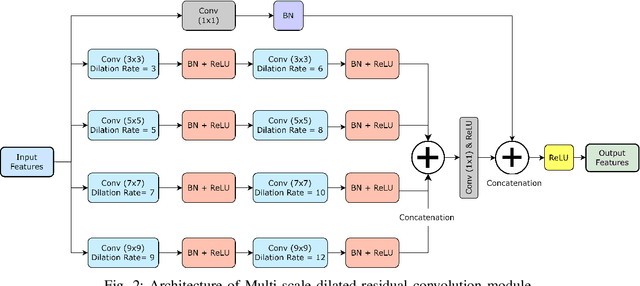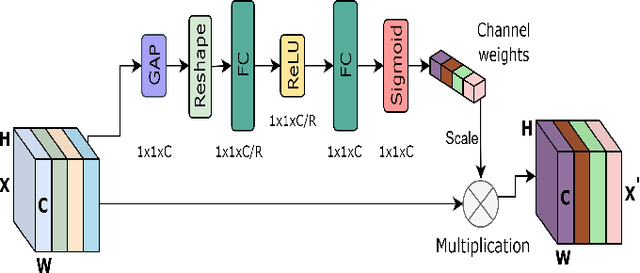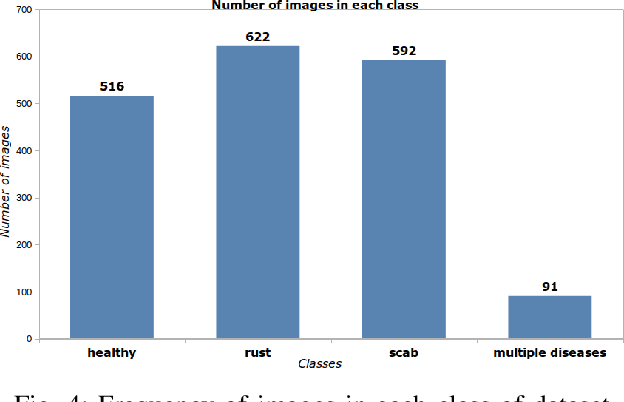Adnan Ferdous Ashrafi
A novel approach towards the classification of Bone Fracture from Musculoskeletal Radiography images using Attention Based Transfer Learning
Oct 18, 2024



Abstract:Computer-aided diagnosis (CAD) is today considered a vital tool in the field of biological image categorization, segmentation, and other related tasks. The current breakthrough in computer vision algorithms and deep learning approaches has substantially enhanced the effectiveness and precision of apps built to recognize and locate regions of interest inside medical photographs. Among the different disciplines of medical image analysis, bone fracture detection, and classification have exhibited exceptional potential. Although numerous imaging modalities are applied in medical diagnostics, X-rays are particularly significant in this sector due to their broad availability, ease of use, and extensive information extraction capabilities. This research studies bone fracture categorization using the FracAtlas dataset, which comprises 4,083 musculoskeletal radiography pictures. Given the transformational development in transfer learning, particularly its efficacy in medical image processing, we deploy an attention-based transfer learning model to detect bone fractures in X-ray scans. Though the popular InceptionV3 and DenseNet121 deep learning models have been widely used, they still have the potential to be employed in crucial jobs. In this research, alongside transfer learning, a separate attention mechanism is also applied to boost the capabilities of transfer learning techniques. Through rigorous optimization, our model achieves a state-of-the-art accuracy of more than 90\% in fracture classification. This work contributes to the expanding corpus of research focused on the application of transfer learning to medical imaging, notably in the context of X-ray processing, and emphasizes the promise for additional exploration in this domain.
MCFFA-Net: Multi-Contextual Feature Fusion and Attention Guided Network for Apple Foliar Disease Classification
Nov 25, 2022



Abstract:Numerous diseases cause severe economic loss in the apple production-based industry. Early disease identification in apple leaves can help to stop the spread of infections and provide better productivity. Therefore, it is crucial to study the identification and classification of different apple foliar diseases. Various traditional machine learning and deep learning methods have addressed and investigated this issue. However, it is still challenging to classify these diseases because of their complex background, variation in the diseased spot in the images, and the presence of several symptoms of multiple diseases on the same leaf. This paper proposes a novel transfer learning-based stacked ensemble architecture named MCFFA-Net, which is composed of three pre-trained architectures named MobileNetV2, DenseNet201, and InceptionResNetV2 as backbone networks. We also propose a novel multi-scale dilated residual convolution module to capture multi-scale contextual information with several dilated receptive fields from the extracted features. Channel-based attention mechanism is provided through squeeze and excitation networks to make the MCFFA-Net focused on the relevant information in the multi-receptive fields. The proposed MCFFA-Net achieves a classification accuracy of 90.86%.
DoubleU-NetPlus: A Novel Attention and Context Guided Dual U-Net with Multi-Scale Residual Feature Fusion Network for Semantic Segmentation of Medical Images
Nov 25, 2022Abstract:Accurate segmentation of the region of interest in medical images can provide an essential pathway for devising effective treatment plans for life-threatening diseases. It is still challenging for U-Net, and its state-of-the-art variants, such as CE-Net and DoubleU-Net, to effectively model the higher-level output feature maps of the convolutional units of the network mostly due to the presence of various scales of the region of interest, intricacy of context environments, ambiguous boundaries, and multiformity of textures in medical images. In this paper, we exploit multi-contextual features and several attention strategies to increase networks' ability to model discriminative feature representation for more accurate medical image segmentation, and we present a novel dual U-Net-based architecture named DoubleU-NetPlus. The DoubleU-NetPlus incorporates several architectural modifications. In particular, we integrate EfficientNetB7 as the feature encoder module, a newly designed multi-kernel residual convolution module, and an adaptive feature re-calibrating attention-based atrous spatial pyramid pooling module to progressively and precisely accumulate discriminative multi-scale high-level contextual feature maps and emphasize the salient regions. In addition, we introduce a novel triple attention gate module and a hybrid triple attention module to encourage selective modeling of relevant medical image features. Moreover, to mitigate the gradient vanishing issue and incorporate high-resolution features with deeper spatial details, the standard convolution operation is replaced with the attention-guided residual convolution operations, ...
 Add to Chrome
Add to Chrome Add to Firefox
Add to Firefox Add to Edge
Add to Edge